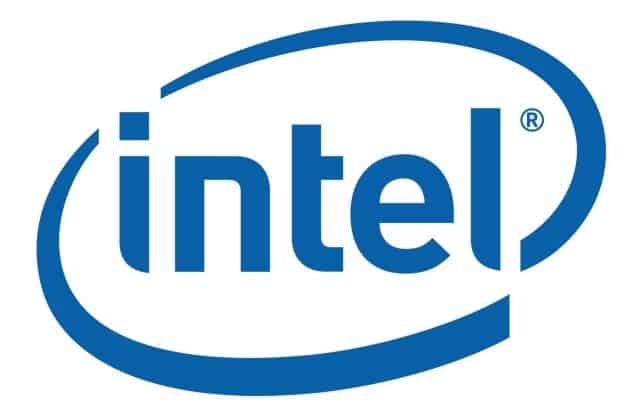Business landscapes have changed with the dawn of new technologies. As a result, the end-user computing (EUC) experience has changed as well. The best way to get work done is to provide the most optimal end-user experience with any device. So, how to get it done? What is required to allow employees in a variety of locations to access applications their works revolves around?
Freeing end-users from cumbersome physical desktop environments and unleashing the power and flexibility of virtual desktops drive the majority of EUC initiatives from an incentive perspective. It is about more than just empowering the end-user. IT and executive management are also enticed by the potential cost savings and long-term reduction in Total Cost of Ownership promised by EUC and Virtual Desktop Infrastructure (VDI) vendors. Being able to streamline the infrastructure, centralise virtual desktop management, and create shorter upgrades cycles for critical fices and new features certainly make sense.
However, there are some critical factors for successful EUC projects. In a whitepaper by Lenovo, Nutanix, and Intel, IT professionals discover the benefits and critical steps of EUC initiatives.

